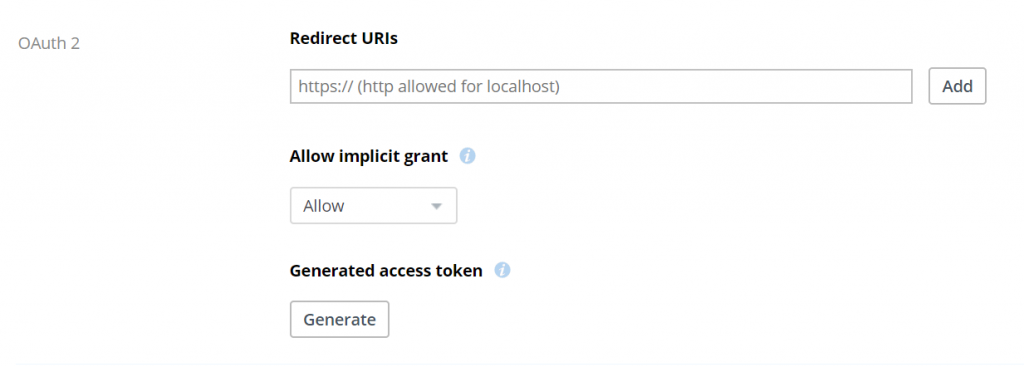

Print dbx.files_upload_session_finish(f.read(CHUNK_SIZE),ĭbx.files_upload_session_append(f. If ((file_size - f.tell()) <= CHUNK_SIZE): Upload_session_start_result = dbx.files_upload_session_start(f.read(CHUNK_SIZE))Ĭursor = (session_id=upload_session_start_ssion_id,Ĭommit = (path=dest_path) Print dbx.files_upload(f.read(), dest_path) It also chooses whether or not to use an upload session based on the size of the file: f = open(file_path)

This uses the Dropbox Python SDK to upload a file to the Dropbox API from the local file as specified by file_path to the remote path as specified by dest_path. commitinfo for df in listpandasdf: dfrawstr df.tocsv (indexFalse) uploadsession dbx.uploadsessionstart (dfrawstr.encode ()) commitinfo.append ( (path/path/to/db/folder.csv ) dbx. should be replaced with your access token.

Get a one-time use temporary upload link to upload a file to a Dropbox. Metadata, res = dbx.files_download(path="/Homework/math/Prime_Numbers.txt") Use this class to make requests to the Dropbox API using a users access token. With open("Prime_Numbers.txt", "wb") as f: This uses the Dropbox Python SDK to download a file from the Dropbox API at the remote path /Homework/math/Prime_Numbers.txt to the local file Prime_Numbers.txt: import dropbox The tutorial covers the basic of using the API v2 functionality. The Dropbox Python SDK provides both API v1 and API v2 functionality for backwards compatibility, but only API v2 should be used now, as API v1 is deprecated.


 0 kommentar(er)
0 kommentar(er)
